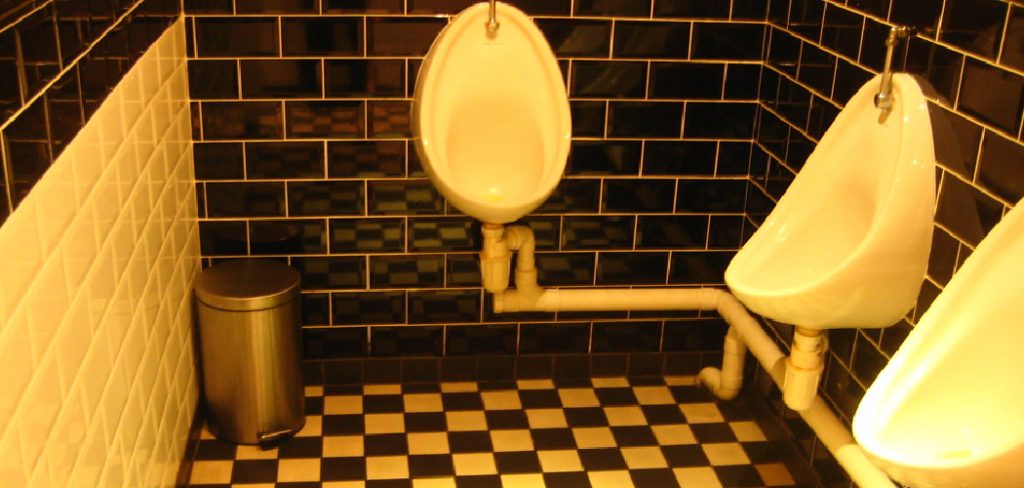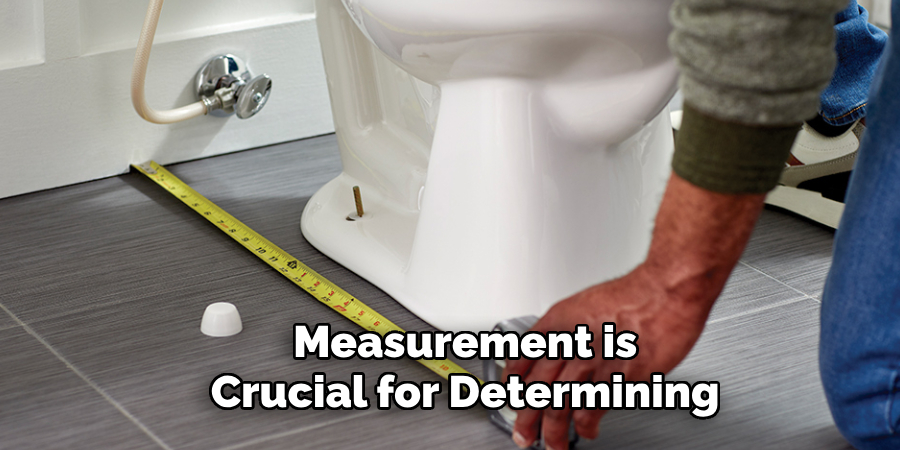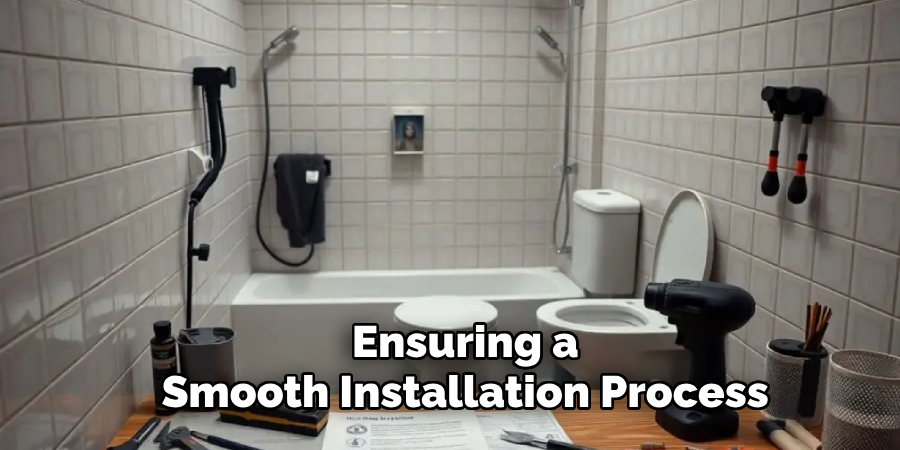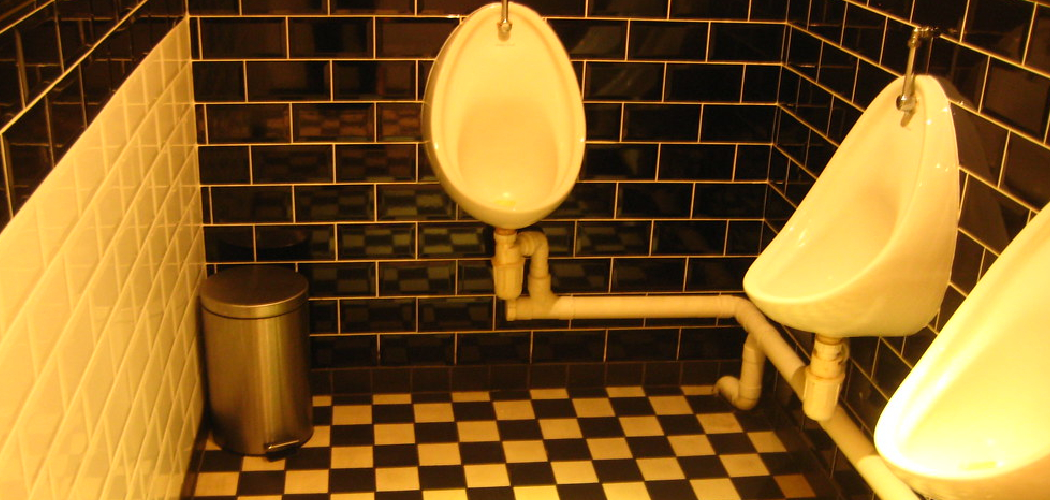When replacing an old toilet or installing a new one, taking accurate measurements is essential to ensure a proper fit. The size and configuration of toilets can vary significantly, so understanding the necessary dimensions beforehand can save time, effort, and frustration.
This guide on how to measure for new toilet will walk you through the key measurements you need to consider, helping you confidently select the right toilet for your bathroom.

Why Accurate Measurements are Important?
Measuring for a new toilet is crucial for several reasons:
Fitting:
A properly measured toilet will fit comfortably in the designated space without any gaps or overlaps. An ill-fitted toilet can lead to leaks, wobbling, and difficulty using the bathroom.
Efficiency:
Toilets come in different sizes and flush volumes, and the size of your bathroom can also affect efficiency. Accurate measurements allow you to select a toilet that is both functional and efficient for your space.
Aesthetic Appeal:
The overall look and design of your bathroom can be affected by the size and placement of the toilet. Taking accurate measurements will help you choose a toilet that complements the existing elements in your bathroom.
Needed Materials:
To measure for a new toilet, you will need the following materials:
Measuring Tape:
A measuring tape is the most crucial tool for this task. Make sure it has both imperial and metric measurements for accuracy.
Pen and Paper:
Having a pen and paper on hand will help you record your measurements, making it easier to reference them when selecting a toilet.
Level:
A level can come in handy if your bathroom floor is not perfectly straight, as it will help you determine if the toilet will sit evenly on the floor.

8 Step-by-step Guidelines on How to Measure for New Toilet:
Step 1: Measure the Rough-in
The rough-in measurement is one of the most important dimensions to take when measuring a new toilet. It refers to the distance between the wall behind the toilet and the center of the toilet flange (the pipe to which the base of the toilet connects). To measure the rough-in:
- Place the start of your measuring tape on the wall directly behind where the toilet is or will be installed.
- Extend the measuring tape to the center of the bolts that hold the toilet to the floor. This is typically the center of the flange.
- Record this measurement. Standard rough-in sizes are 12 inches, but older homes may have rough-ins of 10 or 14 inches, so accuracy is critical.
Ensure you measure against the finished wall surface (not the baseboard) for the most precise result. This measurement is essential to ensure your new toilet will connect properly to the plumbing system.
Step 2: Measure the Width of the Tank
The width of the toilet tank is another important measurement to ensure the toilet fits comfortably within your bathroom space. To measure the tank width:
- Start by placing the measuring tape on one side of the widest part of the toilet tank.
- Extend the tape across to the opposite side, measuring the tank’s full width.
- Write down this measurement for reference.
This measurement is particularly important in smaller bathrooms or installations near walls or vanities, where space might be limited. Ensuring the tank width fits the available area will help avoid any placement issues and maintain an aesthetically pleasing layout.
Step 3: Measure the Bowl Height
Measuring the bowl height is crucial for ensuring that your new toilet will be at a comfortable height for use. To measure the bowl height:
- Place your measuring tape at the base of the toilet, where it meets the floor.
- Extend the tape to the top rim of the bowl’s opening.
- Write down this measurement, which typically ranges from 14-17 inches in standard toilets.
Bowl heights can vary depending on personal preference and ability, so make sure to select a toilet with a suitable height for everyone. An error occurred during generation. Please try again or contact support if it continues. Will be using it.
Step 4: Measure the Toilet Depth
The depth of the toilet is another important measurement to consider, especially for smaller bathroom spaces. To measure the toilet’s depth:
- Place your measuring tape against the wall behind where the toilet will sit.
- Extend the tape across to the front of the base of the toilet (where it meets the floor).
- Record this measurement for reference, keeping in mind that standard toilets typically have a depth between 24-30 inches.

Step 5: Measure the Distance from the Wall to the Center of the Bolt Holes
This measurement is crucial for determining if your new toilet will fit within your bathroom layout. To measure the distance from the wall to the center of the bolt holes:
- Place your measuring tape against the wall behind where the toilet will sit.
- Extend the tape to the center of one of the bolt holes on either side of the base of the toilet.
- Record this measurement, which should ideally be between 5-8 inches.
Step 6: Measure Floor Space
Measuring floor space is another critical consideration, especially for smaller bathrooms or installations near other fixtures like sinks and bathtubs. To measure floor space:
- Place your measuring tape at one corner of your bathroom floor where you plan to install your new toilet.
- Extend the tape across to the opposite corner, measuring the full floor space.
- Record this measurement for reference.
Step 7: Measure the Distance from the Wall to the Water Supply Line
This measurement is essential for determining if your new toilet’s water supply line will reach from the wall to the tank without any issues. To measure this distance:
- Start by placing your measuring tape on the bathroom wall directly behind where the toilet will sit.
- Extend the tape to where you plan on connecting the water supply line to the tank of your new toilet.
- Record this measurement, keeping in mind that standard toilets typically have a distance of 6-8 inches between these two points.
Step 8: Measure Space for Baseboard Trim (if applicable)
If your bathroom has baseboard trim, it is crucial to measure the space between the base of the toilet and the wall to ensure there will be enough room for the trim. To measure this space:
- Begin by placing your measuring tape on one side of the base of your new toilet.
- Extend the tape to where you plan on installing or have installed any baseboard trim.
- Record this measurement, keeping in mind that standard toilets typically require a minimum of 1-inch clearance from any obstacles like baseboards.
Following these eight steps on how to measure for new toilet will ensure you have accurate measurements for your new toilet and help avoid any issues or inconveniences during installation. It is always recommended to double-check all measurements before purchasing a new toilet to ensure the best fit for your bathroom space. Happy measuring!

Frequently Asked Questions:
Q: Can I Replace My Old Toilet With a Different Model Without Changing the Rough-in Measurement?
A: In most cases, yes. However, it is always recommended to double-check the rough-in measurement and confirm that your new toilet’s dimensions are compatible with the existing plumbing before making a purchase.
Q: Is It Better to Measure Before or After Removing the Old Toilet?
A: It is best to measure before removing the old toilet so you can accurately compare measurements when shopping for a new one. However, if you have already removed the old toilet, make sure to measure from the same points as described in these steps for accurate results.
Q: Can I Install a New Toilet Myself?
A: While it is possible to install a new toilet yourself, it is always recommended to hire a professional plumber for proper installation and to avoid any potential issues or damage to your plumbing. So, it is better to get an expert’s advice and help while installing a new toilet.

Q: Are There Any Other Factors I Should Consider When Measuring for a New Toilet?
A: Yes, some other factors to consider include the shape (round or elongated), style (one-piece or two-piece), the flushing mechanism (gravity-fed or pressure-assisted), and water usage (standard or low-flow) of the toilet. These factors may affect the overall dimensions and fit within your bathroom space. Make sure to do thorough research before making a purchase decision.
Conclusion:
Properly measuring for a new toilet is an essential step in ensuring a smooth installation process and avoiding costly mistakes. By following the outlined steps on how to measure for new toilet, from measuring the rough-in size to accounting for the floor space and baseboard trim, you can ensure that your new toilet fits perfectly within your bathroom layout and meets your specific needs.
Taking the time to double-check your measurements and considering the dimensions of your space will save you time, effort, and potential frustration. With accurate measurements in hand, you can confidently select a toilet that enhances both the functionality and aesthetic of your bathroom.

